Full DragonFly Comparison
AudioQuest has been so kind to publish a clear overview of all the available DragonFly models and you can find that here: https://www.headfonia.com/wp-content/uploads/2019/07/DragonFly-Cobalt_ComparisonChart_white_6.20.19.pdf
Missing
I wish there would be a balanced version of the Cobalt (and Red) with a 2.5mm output. To be honest, I don’t know how AudioQuest stands in regards to “balanced outputs” but I hope to see a version in the future where you can choose a balanced output. At the way and speed the market is progressing, I wouldn’t be surprised if someone else comes up/out with a balanced USB-dongle sized DAC soon, if that hasn’t happened already. iBasso actually has something similar with the DC01, though I don’t consider this to be a USB-Dongle like the DragonFly. And then there are the rumors about the upcoming DF competitor by Earmen.com….
Pre-Sound
Before going into detail on how it sounds exactly, I want to point out that the DragonFly Cobalt is very powerful. With sensitive, easy to drive IEMs, it will get loud very fast. You’ll only need a listening volume of 2-3 or 4 out of 100 to get to a comfortable listening level. (example for Roon on laptop). So be very careful to not push play with a high volume is set, your IEM or eardrums will not like it.
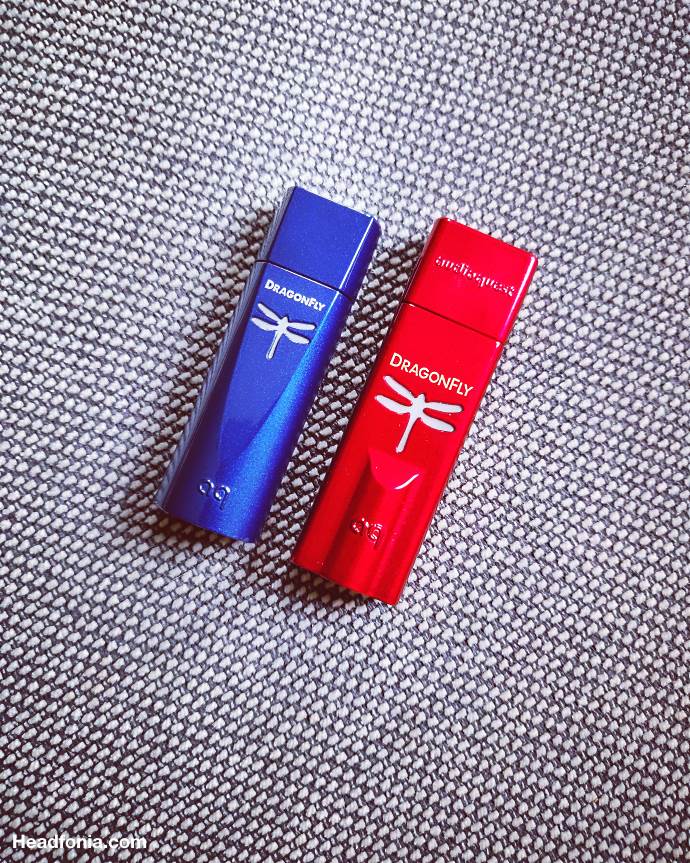
The Cobalt can also easily be hooked up to your mobile phone with a USB-C to USB-Female converter. It’s easy, very small and perfectly transportable. It’s high definition sound for on the go. What’s not to like?
Power-wise the new DragonFly Cobalt is rated at 2.1V, just like the Red version. That means it can easily drive full sized headphones to a certain level, and it can perfectly be used as line-level device (to pre-amp or amp, etc.)
A note though, with sensitive monitors (such as the CustomArt FIBAE 7), you might hear some noise from the Cobalt/USB-port when hooked up to a really laptop. I have never experienced this but with my new DELL laptop it’s audible when music is paused or on a very low volume. This will depend on your laptop though, and you can always put a JitterBug in between just as I am doing now. That way the DragonFly Cobalt is perfectly silent and my ears are happy.
Sound Classics
As you could see the amplifier section in the DragonFly Red is the same one as in the Cobalt, so it all comes down to the new DAC chip, the faster processor and the better power supply. Most of the impressions on sound were done with the Xelento Wireless and the Fibae 7, and then a whole bunch of monitors. All DF’s are on the latest FW.
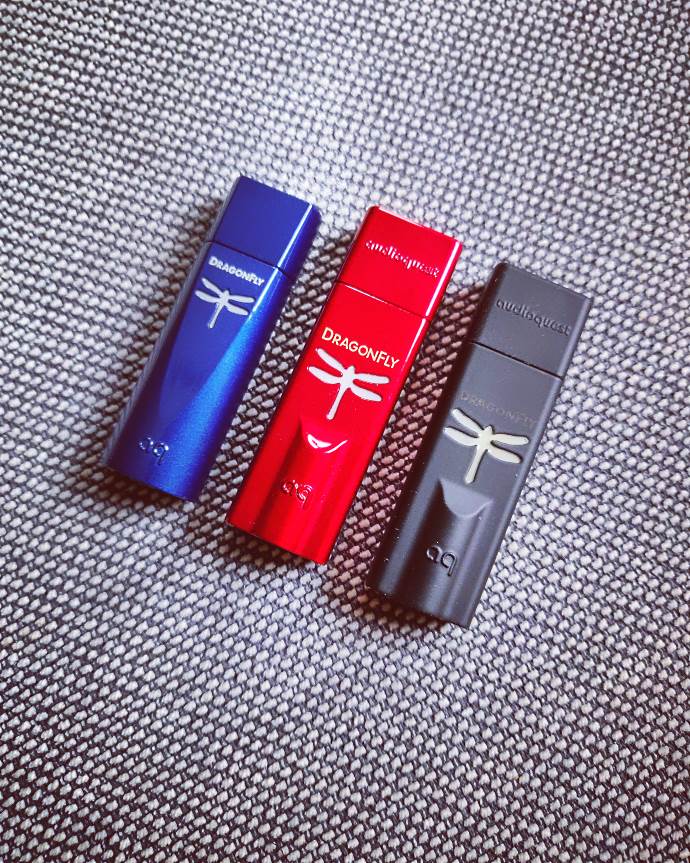
The first things you notice is how clean and clear the new Cobalt is delivering the sound. And not only that, it does it without any effort making it sound wide, natural and musical. The sound stage is really good in both width and depth and the layering is really nice, especially in bass and mids.
You get a full bodied sound from bass to treble, and the signature is neutral but with a smooth delivery and maybe a touch of warmth, but never too much. No matter how you call it, the DragonFly Cobalt is very musical. I love the airy presentation and spaciousness combined with the excellent detail retrieval and decay of notes. The vocals are also really natural and right where they should be.
The negative? The separation is good but not the absolute best I’ve ever heard. The Cobalt also might not always sound the fastest or tightest, but it makes up for that with its musicality and natural sound. It’s very easy to listen to and to genuinely enjoy, no matter what source you’re using and what kind of music is played. For the $299 price tag, the sound simply is remarkable.
Bass-Mids-Treble
Bass is beautiful. It has good body, sounds very full and comes with a lot of impact depending on the IEM your using. Bass goes down low, even the sub part and it does so with good rumble, precision and layering. No, bass might not always be the absolute tightest or fastest but gosh it is fun to listen to.
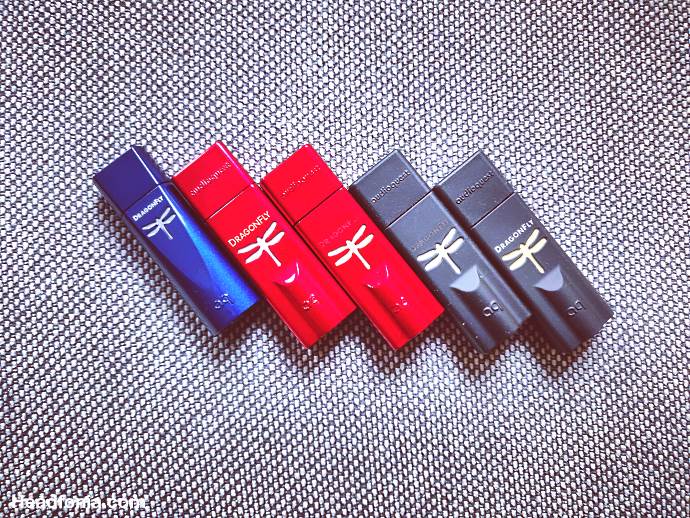
The mids also are full bodied and connect perfectly with the bass. Bass never runs into the mids and they have a slight bit of warmth in their presentation. The delivery is smooth, natural and with the right amount of air. The depth and layering again is really good and the vocals are right where they should be. Voices sound soft and natural and no matter if you’re listening to metal (Bring me the horizon) or smooth Jazz (Melody Gardot), they sound “right” and real. The mid section to me really is where the Cobalt shines most, followed by the bass, and then the treble section.
Treble is softer but extends pretty well and it has enough energy to counter the full bass and weighted mids. The delivery here is soft and also smoother, making them relaxed and very easy to listen to. If you’re a big fan of really precise and volatile treble, maybe the Cobalt will sound a bit soft to you in this regard, but it is musical and very easy to listen to. Sharpness and sibilance you won’t find in the Cobalt’s treble section.
Vs Red
The DragonFly Cobalt is more spacious and it has a more airy and wide presentation than the Red. Cobalt is more clean and clear than the Red and the sound is more natural but it’s especially the effortless delivery which makes it so remarkable. It’s a higher quality sound and it’s easier to listen to.
The Red comes at you with more attitude and boldness, and it doesn’t have the precision and finesse of the Cobalt version. With the Red the feeling is more intimate, while the Cobalt is more open. The depth, layering and extension of the Cobalt version is remarkably better and it’s at the highest level of all the DragonFly models up to now.
The Cobalt is superior to the Red on a technical level. Red is more punchy, more in your face, the mids more narrow/intimate, the treble less present. I’ve been going back an forth between the Red and Cobalt using the transfer zone function in ROON, and after a lot of listening and switching, I have to say I really do prefer the Cobalt over the Red.
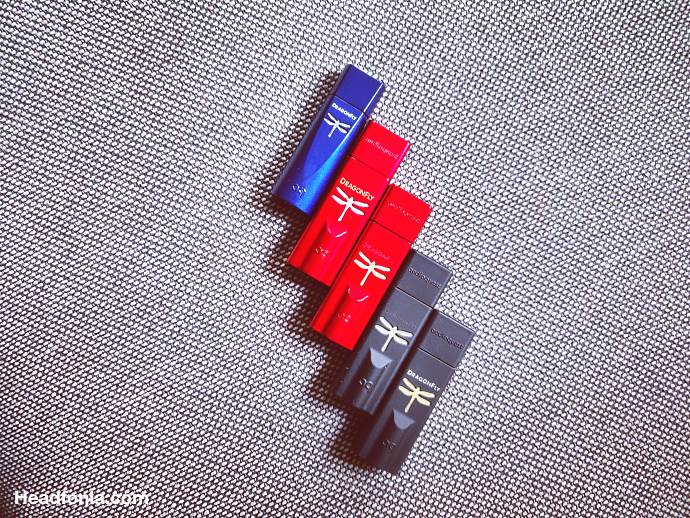
Red still is a very good unit though, and it has an excellent price.
Vs Black
The Black version sounds much more closed, intimate and has a real “in-your-face” presentation to the more relaxed and natural, spacy Cobalt. The depth, layering, precision, decay and extension is at a much lower level, and compared to the Cobalt the Black version even sounds forced.
Black and Cobalt are very far apart from each other on a technical level, but the presentation and naturalness of the Cobalt also are miles ahead.
If you’re on a limited budget, I suggest not to listen to the Cobalt, as it will be difficult to go back to the Black.
Conclusion
The Cobalt for sure is the best DragonFly AudioQuest has released up to now. It’s small, pretty, sounds great, is affordable and does full MQA. (Cobalt is a MQA-enabled-renderer product, so it ‘reveals’ the full MQA when paired with an MQA core decoder, like the Tidal app)
If you don’t have a DragonFly yet, I would recommend to go for the Cobalt for sure as it’s the best of the DF trio. The Red still is a really nice alternative if you’re on a lower budget or if you prefer Red’s tuning, of course. If you already own the Red but feel there’s room for improvement (and there clearly is with the Cobalt), then the Cobalt will make you even happier.
The DragonFly Red already was in our best DAC/AMP list, but it now is replaced by the DragonFly Cobalt. Not because the Red isn’t good enough anymore, but we in this list only put the very best, and that to us, clearly is the DragonFly Cobalt. A new recommended buy!
I do know some other companies want a piece of the USB dongle DAC/AMP market though and I look forward to comparing them to the AQ DragonFly units over the coming weeks and months. Stay tuned…







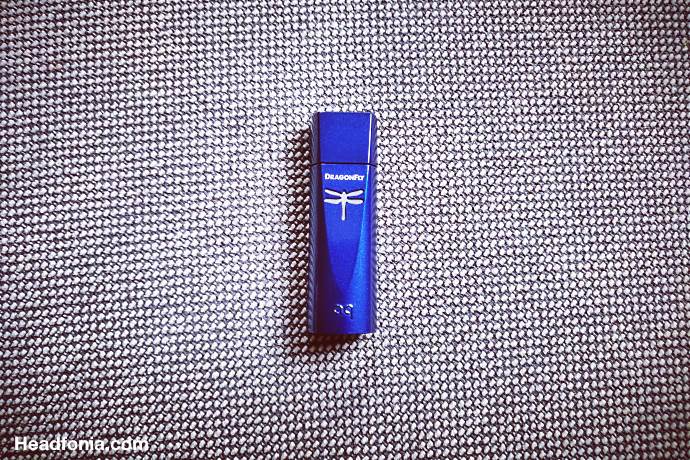


Aljoša Krželj
Something like E1DA 9038S BAL Portable DAC & Amp maybe,or PowerDAC v2 E1DA ?
Lieven
Thanks for the comment. the first one certainly is unique and I never heard (about) it. The second I also haven’t heard, so it’s difficult to say if these are in any way better.
I am sure many more of these, less spotlight units, exists and will keep coming. And more confirmed brand ones will come too.
Probably to a point where the market for this is saturated, and then we move on to something else, right?
Kevin
The E1DA 9038S Balanced Portable DAC/AMP is made by a Russian guy named Ivan who lives in China. He sells directly to the customer.
It is more powerful than the Dragonfly Cobalt, weighs 10g, has incredible measurements and utilizes the same DAC chip.. for $70. It is one of those 1/10 times were the hype around the product is deserved.
If you were to do a piece on it, it would blow up.
Craig A Sands
Another great review any great pairings interested in how the 64 Audio A12t pairs as I have the red and a chord mojo but have ditched them both since getting my AK SR15 thanks
Lieven
Thank you Craig.Unfortunately the A12T is with Linus but I have listened to it on several occasions. I feel they would pair up well. But aren’t you happy with your A12T and RED/SR15 combo?
Cobalt will surely improve the performance of the A12T compared to the RED. The Mojo is very different, but I actually prefer most IEMs with the DragonFly and not the Mojo.
SHAWN P. WATSON
Great review. Vast improvement over the DF RED. I so enjoy my Cobalt. I leave it connected to my headphone cable and just plug it into my laptop to enjoy Youtube videos. The sound can be improved futher with various accessories. I use the iFi Audio iPurifier3 which does a great job to further clean up the USB and put the “0”‘s and “1”s into a jitter free delivery to Cobalt’s DAC. Honestly, I’m using my Micro iDSD BL dac/amp less and less these days. Bravo AQ Cobalt.
Alejandro Houghton
Hi Shawn, Do you experience any Youtube lip sync issues when you play videos using the cobalt? I`m considering to buy one but I think this is an important point.
Thanks in advance for your response.
Andras Rev
In my opinion the Cobalt is the best portable music player of 2019 so far.
I also compared it with Chord Mojo, and believe or not for me the Cobalt won the battle! It would be great if you also compare them, I am curious about your opinion.
At first I thought that the price is too high compared with the Red, but the Cobalt could justify it’s much higher price. The Cobalt’s SQ listened from my Xiaomi Mi 8 phone with the Dragontail using TIDAL came surprisingly close to my magnificent sounding home headphone system’s sound which costed me USD 1700, and includes a Feliks Echo tube amp! Great achievement Audioquest!
Gordon Rankin
Thanks for the nice comments!
We spent a good deal of time looking at balanced outputs on 2.5mm connectors. The big problem was you also need a 3.5mm, we then looked at a 4 pin 3.5mm and the use of analog switches to convert from single ended to balanced and then offer up a cable for that. The analog switches did not sound good and required the use of another power supply which meant switching noise.
These designs go through a pretty lengthy process at AudioQuest and everyone there has a passion for creating the best product possible.
Thanks,
Gordon
Lieven
Thank you for the info, Gordon
Harshmeet
Can it drive a 300 ohm headphone efficiently? Or Mojo will be a better option?
Lieven
I’d go for the Mojo, though I prefer the Cobalt’s sound
Lee
Interesting blog here which suggests the dragonfly cobalt has high distortion level and that the red is probably the better dac to buy https://archimago.blogspot.com/2019/08/measurements-dragonflies-audioquest.html?m=1
musikverein
First, kudos to the Audioquest team/Gordon for this iteration of the Dragonfly which surpasses the earlier ones with a smile. Lieven, as usual your wording shows very good tuning as well.
DF Cobalt feeds two workhorses of mine, the K712 and the DT880/600 in the office and cottage. And, as a DAC/preamp into the HE60, it indeed flatters my ear.
Pursue this golden path!
musikverein
In essence archimago s.a. is saying that DF Cobalt has in general a higher distortion and especially when measured at or near 100℅ voltage nada nada… and is subjectively less clean and fine than the Red.I ,although not so strongly, disagree.
To my ears it indeed clips harder acoustically than Red in the last 10-20% of output voltage – but, again to my ears, Cobalt does sound significantly more natural and mature(for sake of avoiding the term ‘smoother’) than the older siblings.
Btw I am listening, contrary to popular wisdom, to no more than 80% voltage because as soon as I feel/need it or the music needs more juice/ headroom I go for a separate amp stage. For critical listening, to be honest, this means far more than half of my time DF acts as DAC only, except with In-Ears.
Mark Jones
How does the Cobalt compare with the Sony WM 1a in terms of SQ? I have the choice of a Cobalt paired with my laptop, or a totally portable option of the Sony DAP.To be honest,I really fancy the DAP,great battery life, etc..I bought the first two black Dragonflies when they were released.I gradually progressed to a home based system with a Chord Qutest,etc.I read your excellent review of the Sony and I’m seriously tempted.Thanks!
Laraine Anne Barker
I have both the red and the cobalt and the difference is very noticeable on my Sennheiser HD650s. I love how the headphones sound with the cobalt attached. I might even sell the red. However, it is always good to have a backup. I’m wondering if what I really want will ever come about: headphones that make the music sound more as though it’s coming from where my QUAD ESLs are. It might happen, but alas not in my lifetime. I’m 78. I chose the Dragonfly rather than another brand because of the great reviews combined with its size. The iPhone 12 Pro is bulky enough compared with an iPod without adding an even bulkier item.